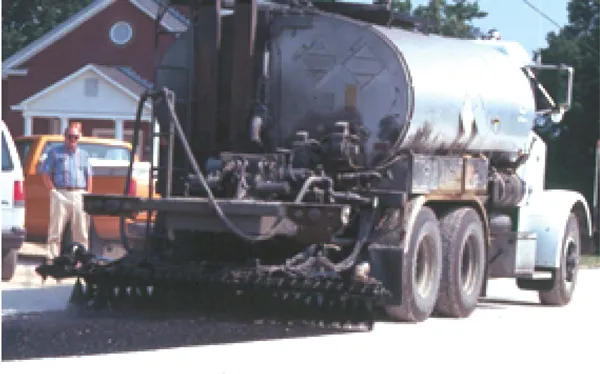The authorities in Nepal are establishing a road safety plan that is intended to reduce the country’s annual injury and fatality rates. Nepal’s Traffic Police Directorate recently announced figures showing that of the 8,503 accidents recorded in the 2010-2011 financial year, 4,914 occurred within the Kathmandu Valley. The police also said that factors causing accidents included the poor state of gravel and surfaced roads and inadequate traffic signs. Potholes are a major problem on Nepal’s road system accor
April 27, 2012
Read time: 2 mins

The authorities in Nepal are establishing a road safety plan that is intended to reduce the country’s annual injury and fatality rates.
Nepal’s Traffic Police Directorate recently announced figures showing that of the 8,503 accidents recorded in the 2010-2011 financial year, 4,914 occurred within the Kathmandu Valley. The police also said that factors causing accidents included the poor state of gravel and surfaced roads and inadequate traffic signs. Potholes are a major problem on Nepal’s road system according to the police, as well as reducing traffic flow and increasing congestion.
Officials at Nepal’s2437 Ministry of Physical Planning and Works said that poor road conditions are the result of government policy as well as the long tender process for repairing and improvement of potholes. However, the Ministry of Physical Planning and Works says that there has been progress in maintaining 7000m2 of potholed roads within the Kathmandu Valley and some 5000m2 elsewhere in the country. But because of the focus on reducing potholes, improved signage has moved down the priority list.
Due to the increase in road accidents along the six lane Kathmandu-Bhaktapur road section, one of the local hospitals nearby has carried out a programme focussing on how drivers follow road rules.
Meanwhile the authorities in urban Kathmandhu have been removing roadside advertising hoardings that proliferate in the city. These cause driver distraction and have been attributed as factors in many accidents. In addition, Nepal’s Home Ministry has opted to tackle safety problems arising from vehicles being overloaded with passengers. This has been identified as a major factor in high injury and fatality rates in specific accidents as well as being a factor in causing individual incidents.
Nepal’s Traffic Police Directorate recently announced figures showing that of the 8,503 accidents recorded in the 2010-2011 financial year, 4,914 occurred within the Kathmandu Valley. The police also said that factors causing accidents included the poor state of gravel and surfaced roads and inadequate traffic signs. Potholes are a major problem on Nepal’s road system according to the police, as well as reducing traffic flow and increasing congestion.
Officials at Nepal’s
Due to the increase in road accidents along the six lane Kathmandu-Bhaktapur road section, one of the local hospitals nearby has carried out a programme focussing on how drivers follow road rules.
Meanwhile the authorities in urban Kathmandhu have been removing roadside advertising hoardings that proliferate in the city. These cause driver distraction and have been attributed as factors in many accidents. In addition, Nepal’s Home Ministry has opted to tackle safety problems arising from vehicles being overloaded with passengers. This has been identified as a major factor in high injury and fatality rates in specific accidents as well as being a factor in causing individual incidents.






